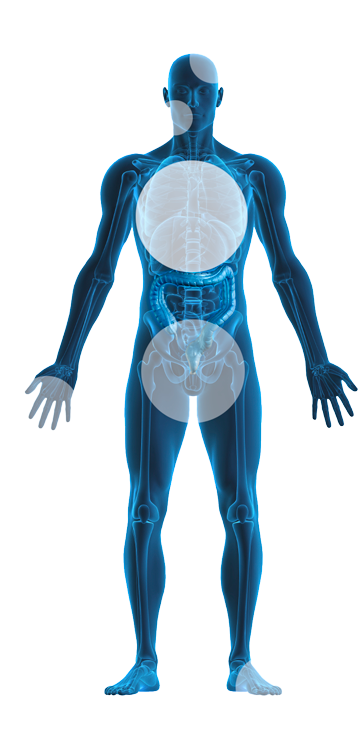Update: 22 November 2024
Biomonitoring
Noninvasive Human Biomonitoring (HBM)
Authors: Roel Smolders, Karl-Werner Schramm, Marc Nickmilder, Greet Schoeters
Human biomonitoring (HBM) is receiving an increasing amount of attention from the scientific and medical communities as a tool to better quantify human exposure to environmental stressors. And for determining their health effects. The noninvasive assay methods studied in this report are ethically appropriate, cost-efficient and toxicologically relevant.
For years, blood (serum) has been the de facto standard test, and was seen as the ideal medium for HBM. However, blood sampling is an invasive procedure that includes risk, and suffers from ethical and practical constraints. Particularly for children and other susceptible populations. The use of noninvasive collected samples can be a valuable alternative to invasive sampling methods, and provides additional information. Noninvasive methods also are ethically appropriate, cost-efficient and toxicologically relevant.
Noninvasive methods are safer, more cost efficient, and can offer valuable additional information to serum or other invasive procedures. The most advantageous property of noninvasive collected matrices is that repeated sampling, even in susceptible populations, poses a much lower stress on the participants and allows for a much wider inclusion of all layers of the population.
Back to TopSamples Commonly Used in Noninvasive Biomonitoring
This illustration shows various biological sampling materials that are used routinely to provide clinical information. The type of data typically acquired by each material is described also.

- Hair Tissue, Fingernail/Toenail, Meconium
- These tissues are routinely used for determining evolutionary and historical information about contaminate exposure. Hair Tissue Mineral Analysis (hTMA) tests for specific toxic heavy-metals including copper, and is effective for stress assessment, determining nutritional status, and for balancing biochemistry.
- Placenta, Umbilical Cord Blood, Breast Milk
- These tissues are routinely used for determining the transfer of contaminants between mother and child.
- Saliva, Exhaled Breath, Urine
- These tissues are routinely used for determining the presence of volatile or rapidly metabolized substances.
Characteristics of an Ideal Biomarker
The ideal biomarker has characteristics that make it appropriate for testing for a specific toxic exposure, disease or condition. An ideal biomarker has the following features:
- Safe and easy to measure.
- Cost efficient, including use for follow up testing.
- Modifiable with appropriate treatment.
- Consistent data performance across demographically distinct population groups.
Biomarkers as health and disease predictors
Biomarkers are used to predict serious illnesses such as diabetes and cardiovascular disease, and other conditions. Each individual biomarker indicates whether there is a disease or health state, and can be combined to provide a detailed biochemical picture of an individual's health status.
Biomarkers play a critical role in biomedical research. Understanding the relationship between measurable biological processes and clinical outcomes is vital to expanding our arsenal of treatments for all diseases, and for deepening our understanding of normal, healthy physiology.
Despite the policy support, there are still several issues that restrict the routine application of human biomonitoring in environmental health impact assessment. One of the main issues is the obvious need to routinely collect human samples for large-scale surveys. Particularly the invasive collection of samples from susceptible populations may suffer from ethical and practical limitations.
Susceptible populations, including children, pregnant women, elderly, or chronically-ill people are among those that would benefit the most from noninvasive, repeated or routine sampling. Therefore, the use of samples collected in a noninvasive way should be promoted as an ethically appropriate, cost-efficient and toxicologically relevant alternative for many biomarkers that are currently determined with samples collected by invasive methods (e.g., blood serum).
Tissues that can be acquired in an noninvasive manner can be a valuable addition to, or alternative for invasive collection, such as with peripheral blood sampling. A well-informed choice of matrix can provide an added value for human biomonitoring, as different noninvasive collected matrices can offer opportunities to study additional aspects of exposure to and effects from environmental contaminants, such as repeated sampling, historical overview of exposure, mother-child transfer of substances, or monitoring of substances with short biological half-lives.
Related Information
- Health Screening Some screenings do greater harm than the condition they are meant to identify.
- What is Human Biomonitoring?Consortium To Perform Human Biomonitoring On A European Scale (COPHES)
- Pollution Gets Personal Documentary (50 min)